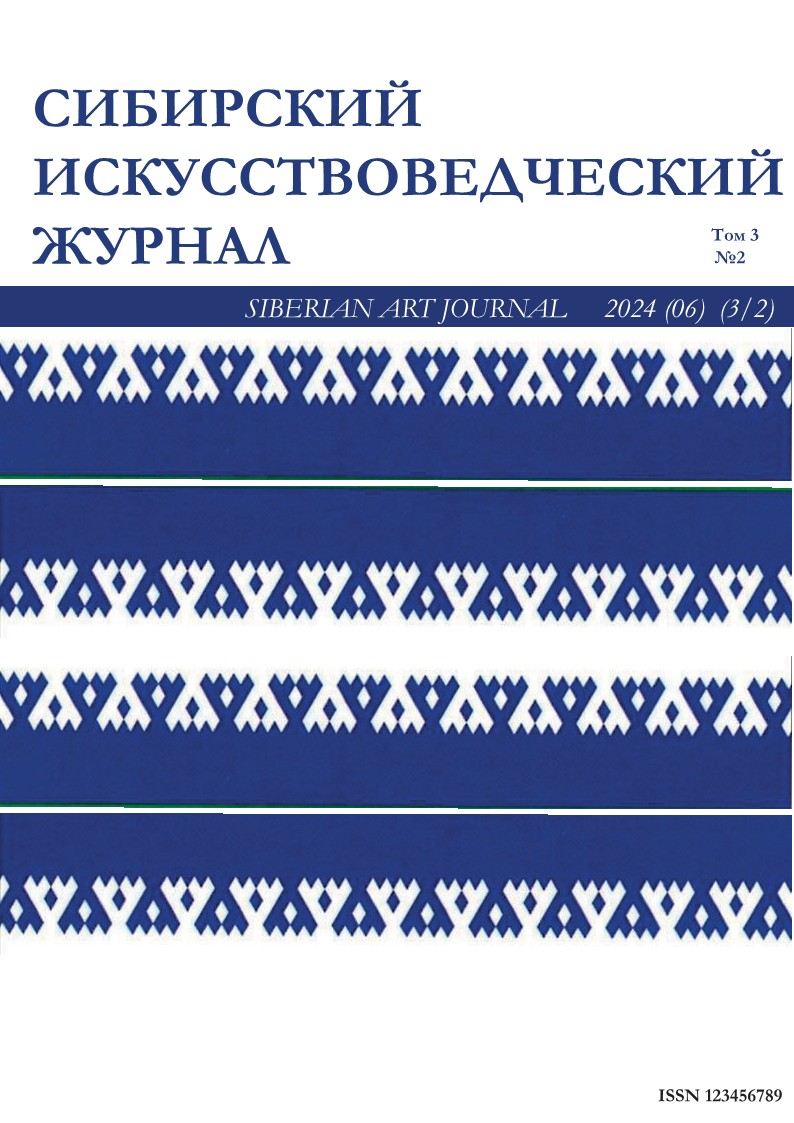Russian Federation
UDC 004.8
This paper raises the question of the emergence of a new creative profession of a neuroartist. With the advent of artificial intelligence, neural networks and their active use by various artists, these people began to attach the prefix "neuro" to their activities - a neuroartist, a neurodesigner, etc. What is the difference between this activity and the traditional one? After analyzing the work of some artists, their style, works, as well as their own thoughts about their activities and changes in the field of art, this study managed to draw some conclusions about the new profession: firstly, the personality of a neuroartist is unstable, in the sense that it is not difficult to copy the artist's handwriting in a digital environment, especially if you find out the algorithms of its action, codes, etc. Its uniqueness is in danger, so some artists tend to keep their creative technologies secret. Secondly, the knowledge of a neuroartist does not differ much from traditional knowledge, with the only nuance being the ability to use neural networks or other digital systems, which also require special treatment so that the artistic result turns out the way the artist wants it. Thirdly, conceptuality in the work of neuroartists is a big component. In conclusion, it is worth saying that the neuroartist is becoming more and more in demand nowadays, this concept is already used in many vacancies, and it is also gradually beginning to enter into scientific works.
neural networks, neuroartist, artificial intelligence, art, changes in art
1. Bodrova, M. (2023, June 23). "Neural networks make creativity accessible to all": Neuroartists on art and copyright. dzen.ru. Retrieved April 20, 2024, from https://dzen.ru/a/ZJWrdV4_UGNxibly
2. Byleva, D. S., & Krasnoshchekov, V. V. (2023). Original and copy: Technological challenge to art. Bulletin of Moscow State Regional University. Series: Philosophical Sciences, (2), 77-91.
3. Druzhinina, A. A. (2023). Artist and neural network: Symbiosis of the future? Decorative Art and Subject-Spatial Environment. Bulletin of the Stroganov Russian State University of Art and Industry, (3-3), 39-64.
4. Kolosova, T. (2023, April 7). Who is a neuroartist and how neural networks create paintings in the style of Van Gogh. rbc.ru. Retrieved April 20, 2024, from https://trends.rbc.ru/trends/education/642d39f19a7947bbf2eeaeb8
5. Neuroartist. (2024, April 21). profguide.io. Retrieved April 20, 2024, from https://goo.su/TkPX
6. Panteleev, A. F. (2023). The problem of comparative evaluation of paintings created by an artist and generated by a neural network. Izvestiya of Saratov University. New Series. Series: Philosophy. Psychology. Pedagogy, 23(3), 326-330. https://doi.org/10.18500/1819-7671-2023-23-3-326-330, EDN: https://elibrary.ru/QFUZHO
7. Serdechnova, E. (2020, May 2). Artist Mario Klingemann: "I am more afraid of people than machines". portal-kultura.ru. Retrieved April 20, 2024, from https://goo.su/N44p0Ln
8. Fadeeva, T. E. (2023). The "union" of an artist with a non-human agent: Utopia or a working model of artistic production? Izvestiya of the Samara Scientific Center of the Russian Academy of Sciences. Social, Humanitarian, and Medical-Biological Sciences, 25(1), 108-115.
9. Belle, S. (2023, October 21). PRO ERTEN #4. "We lack iron": Riz Esentaev and his revelations about the new profession. er10.kz. Retrieved April 20, 2024, from https://goo.su/0LV2c3





